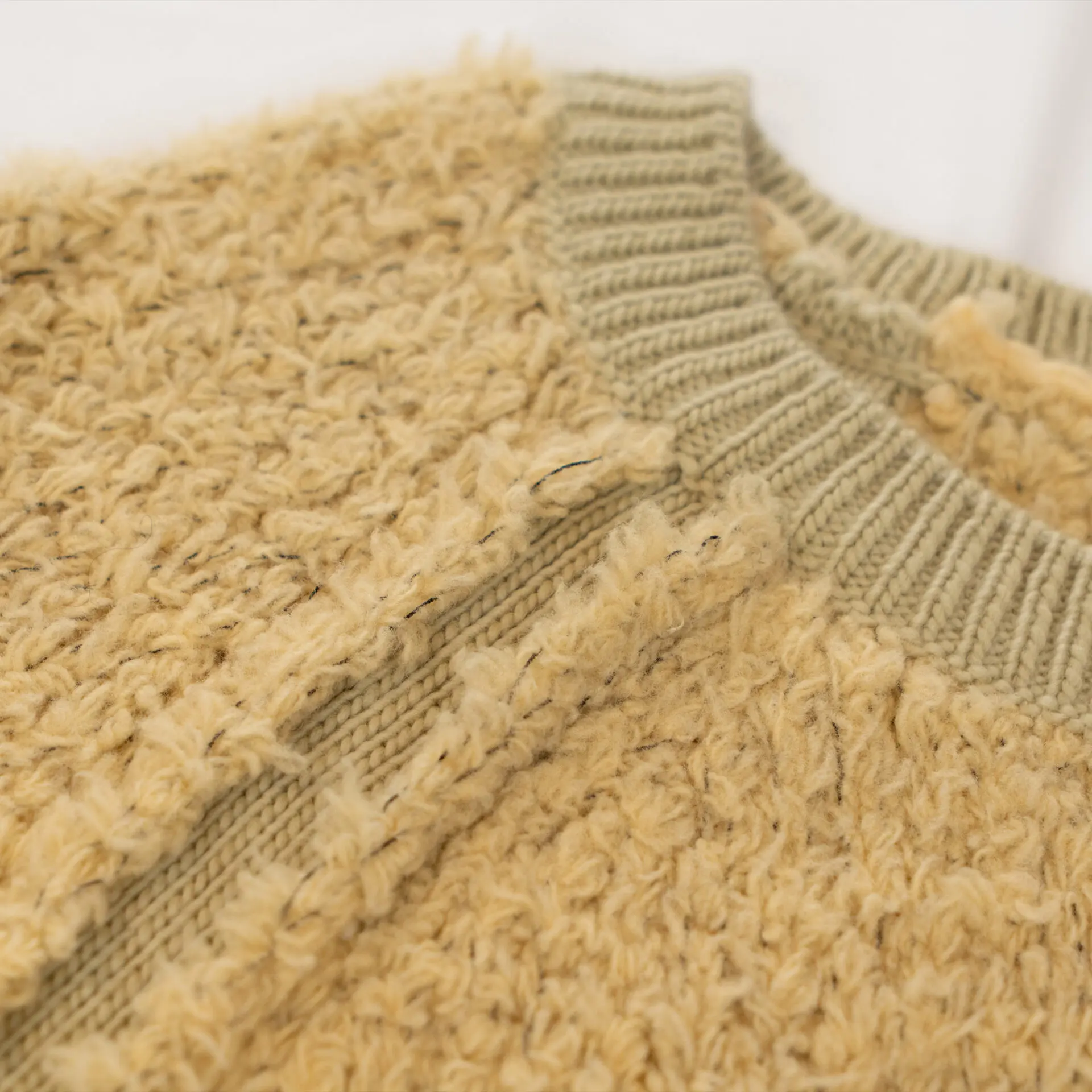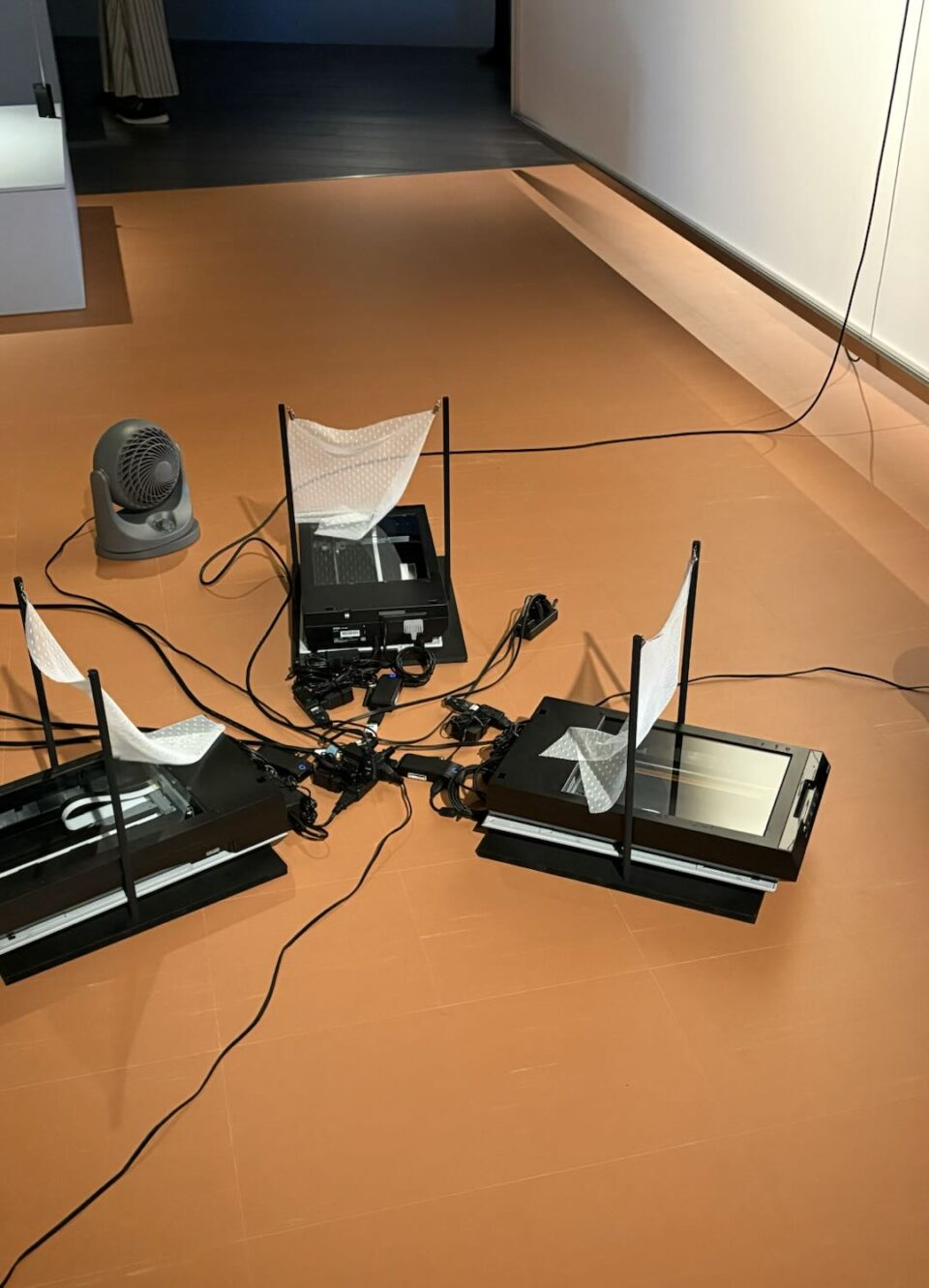KNIT MAGAZINE
- MONTELUCE
- Yarn/Fiber
Chenille Yarns: Shedding, Texture, and Best Practices

- Post date:
- November 9, 2024 23:29
- (Update: April 8, 2025 20:51)
KNIT MAGAZINE


This week was Tokyo Art Week 2024, an exciting weekend for art lovers!

I visited an exhibition “On Physis” by Yuko Mohri. A beautiful exhibition based around the ancient Greek term, Physis, translated as “Nature” or “Essence”. The exhibit was a series of installations exploring sound, momentum and distance, the entire space felt like a meditation.
Though it was an installation, it felt closely connected to yarn making. Every small step and detail in the process contributes to shaping the final product, just as in creating yarn.
In Japan, chenille yarns, known as モール糸 (mole yarns), are created by embedding short-cut piles within the thread, giving them a soft, furry texture. These yarns are particularly valued for their gentle touch, long fibers, and substantial thickness. However, there are two important points to keep in mind when working with chenille yarns.

Regardless of how long the yarn piles are, all chenille yarns have a sense of direction. Even those with very fine pile lengths.
Therefore from the spinning process till the dyeing process, this direction is being regulated.
When it comes to knitting with this yarn, please avoid rewinding the yarn. This will change how the yarn appears when knitted as a fabric.
There are several methods for producing chenille yarns, and the likelihood of shedding can vary based on its production method.
Chenille yarns are primarily made using either the Spinning method or the Russel method, with the Russel method generally resulting in less shedding. It is best to test the yarn as fabric, as knitted fabrics tend to shed less than the yarn alone.
Due to the nature of chenille yarns, some shedding is expected regardless of the yarn’s construction or the fabric type.
In our recent AW collection, we have made a series of Chenille yarns with VICTORIA, SPUGNA, TONEWOOL, Proof Plus ECO series, BALLOON and many more. The colors can be chosen from the existing colors of the following color cards.
Contact us directly if you are interested in seeing any of our chenille yarn options.
Subscribe Now
To receive the latest updates and insights, subscribe to our newsletter.
Contact Us
For further inquiries regarding this article, please feel free to contact us.